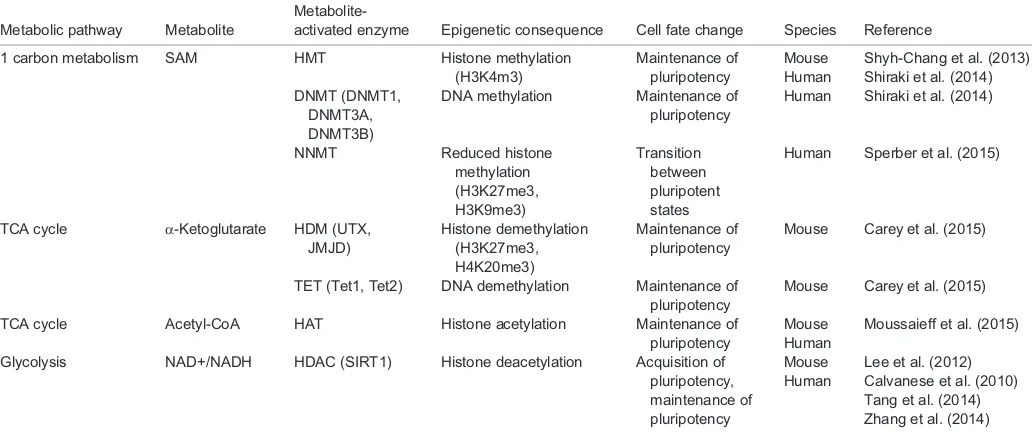Metabolic remodeling during the loss and acquisition of pluripotency
Full text
Figure




Related documents
Informative genes are selected for classifying the four gene expression datasets of prostate cancer, lung cancer, leukemia and non-small cell lung cancer (NSCLC) and the rationality
Adventure Therapy and Adjudicated Youth Page 1 Suggested Citation: Association for Experiential Education (2011).. Adventure Therapy and
We searched for studies of treatment of depression with St John’s wort extract with no language restriction. All studies were required to meet the following
Sexual compulsivity is an intriguing, though unpopular, topic in China as it is seldom discussed among the general public, in what is characteristically a sexually conservative
Sec- ond, the observed decrease in early neonatal mortality in the Tanzanian study, where education was focused on the traditional birth attendants rather than physicians, with
Through analysis of the chart shown in Figure 3, using the analysis of the Planning and Control Production Demand, it was concluded that the variations presented were
The monkeys behaved as if the two types of alarm calls denoted similar referents despite having markedly different acoustic properties (see Fig. Conversely, for the
